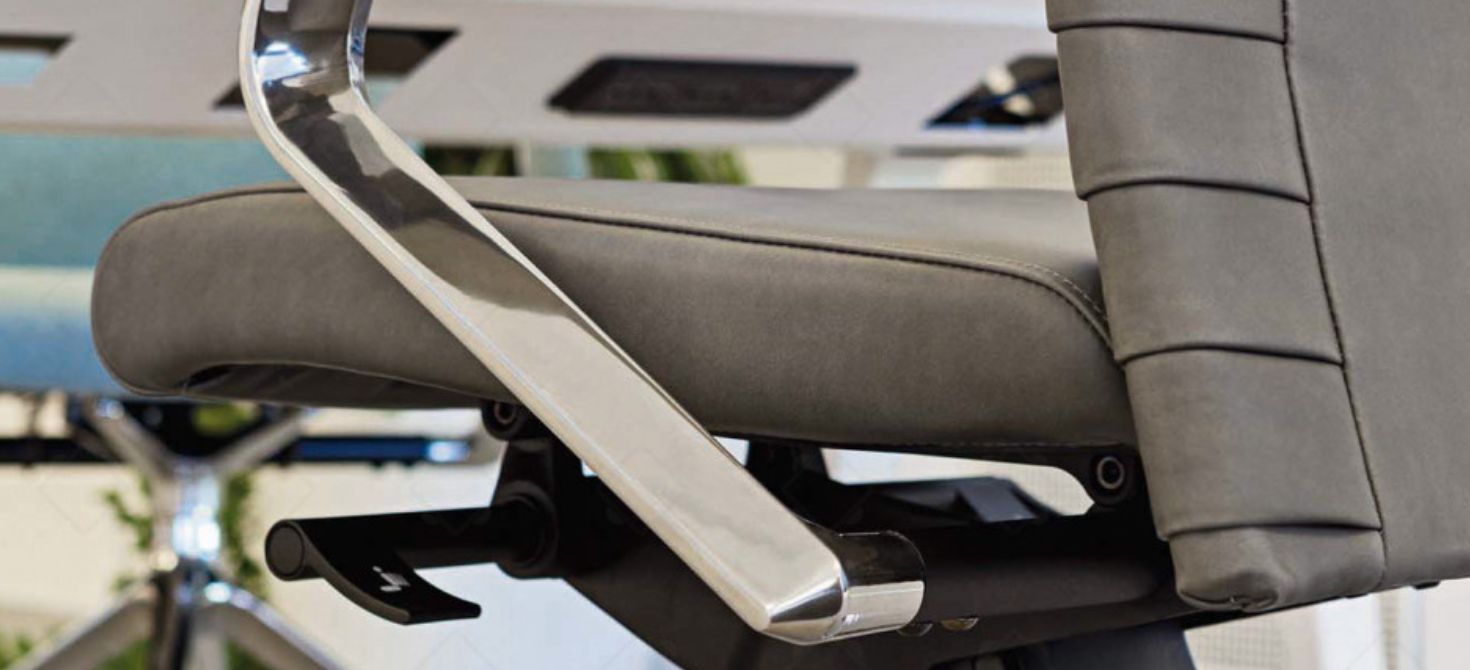- Furnishing tips
- 0 likes
- 777 views

Regulations on the ergonomics of office chairs play a key role in promoting health and safety in the workplace.
To ensure compliance with these regulations and compliance with applicable laws, it is essential to understand the key directives. In this article, we will explore the relevant regulations regarding workplace safety and certified office chairs.
Index
Safety in the workplace: the Legislative Decree 81/2008
Legislative Decree 81/2008 represents a pillar in safety in the workplace. This decree, which came into force following its publication in Official Gazette No. 101 of April 9, 2008, implements the provisions of Law No. 123, of August 3, 2007. Specifically, Legislative Decree 81/2008 concerns the protection of health and safety in contexts where workstations equipped with video display terminals are used. This decree replaced the previous Legislative Decree 626/1994, confirming the importance of compliance with ergonomic standards in the workplace.
Office work chairs: standard UNI EN 1335
The UNI EN 1335 standard is a crucial reference point for work chairs in offices. This standard is divided into two parts:
- UNI EN 1335-1:2020: this standard is particularly relevant because, it establishes the dimensions of office chairs and related test methods. This standard aims to ensure ergonomic comfort and provides for classification into four types: Ax, A, B and C, each with specific dimensional requirements. Complying with this standard is essential to comply with the provisions of Legislative Decree 81/2008.To learn more about this standard, visit the article "Office Chairs: The EN1335 Standard."
- UNI EN 1335-2:2018: this standard focuses on the safety, strength and durability requirements for office chairs. It also emphasizes the importance of ensuring that chairs meet rigorous safety and durability standards to protect users and improve their productivity.

Standard on strength and durability of chairs
There are specific standards that establish strength and durability criteria for chairs, regardless of use, materials, design, and manufacturing process.
- UNI EN 1728 defines detailed test methods for evaluating the structural strength of chairs. However, it is important to note that this standard does not cover aspects such as aging, deterioration, ergonomics or electrical functions of chairs.
- EN 13761, although withdrawn, provided specific dimensions and safety requirements for visitor chairs. It is critical to note that the dimensional requirements prescribed by this standard do not apply to rest chairs.
- UNI EN 15373, also withdrawn, established requirements for the safety, strength and durability of all non-domestic adult chairs.Although these standards have been withdrawn, they played an important role in setting standards for the safety and durability of chairs in the past.
- EN 16139 refers to non-domestic seating intended for adults with a maximum weight of 110 kg, including office chairs for visitors. This standard establishes specific requirements for safety, strength and durability, helping to ensure the quality of chairs used in work environments.
- EN 12727 is of particular relevance to bar-mounted seating, such as stadium and auditorium seating, permanently attached to the floor and/or walls. This standard defines test methods and requirements to ensure the structural strength and durability of such seating.
Fire Prevention Standards
UNI 9175 and UNI 9174 standards focus on fire prevention in upholstered and rigid manufactured goods used in seating. These standards define criteria for evaluating the combustion and reaction to fire of materials, contributing to the safety of users.
Standards for Individual Materials
Several specific standards concern the materials used in seating:
- Metals: the UNI EN ISO 9227 establishes tests for corrosion in artificial atmospheres.
- Textiles: the UNI EN ISO 105-B02, UNI EN ISO 105-X12 and UNI EN ISO 105-E04 standards refer to tests for color fastness to artificial light, rubbing and sweat.
Continuing, UN EN ISO 12947-2 is specific to tests for abrasion resistance, UNI EN ISO 12945-1 for surface hairiness and fiber ball formation, and, finally, UNI EN 12127 for the determination of areic mass. - Flexible cellular polymeric materials: standards UNI EN ISO 845, UNI EN ISO 1856, UNI EN ISO 3385, and UNI EN ISO 2439 establish test methods for the determination of bulk density, residual strain, fatigue under constant load, and hardness.
- Painted wood components: UNI 10782, UNI EN ISO 2409, and UNI EN 717-2 standards are provided for determining hardness, for squaring test, and for formaldehyde release by gas analysis method.
Ergonomic and certified office chairs: our proposals
Compliance with these regulations is essential to ensure that office chairs are ergonomic, safe and durable, contributing to well-being and productivity in the workplace.
At tavolisedie.com, you can find a wide range of high-quality office chairs. Our selection includes standard task office chairs and certified ergonomic chairs, all from the industry's most trusted brands. Explore our offerings and feel free to contact us for more details.
